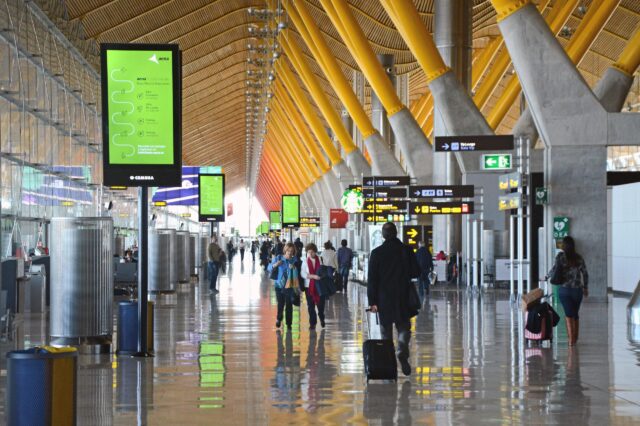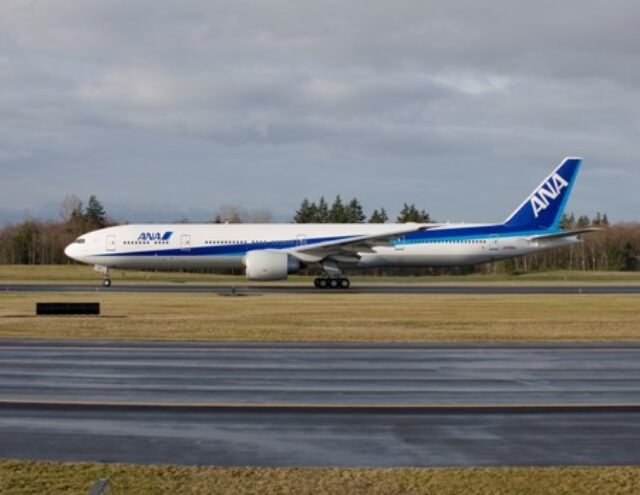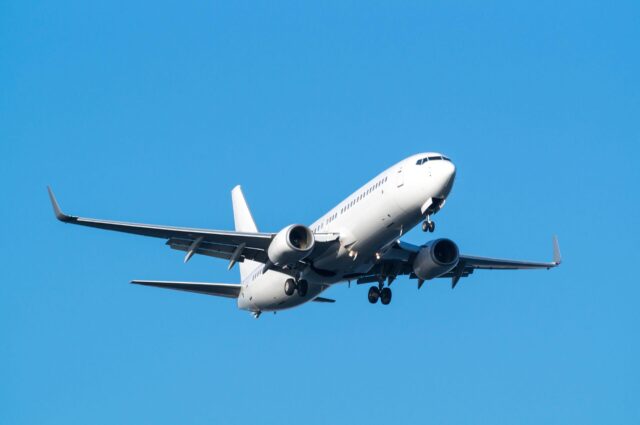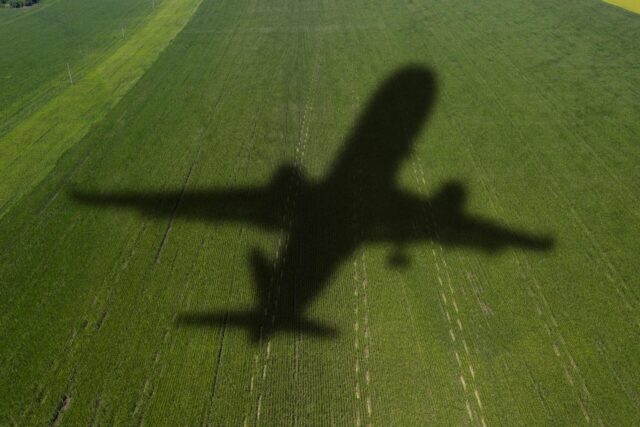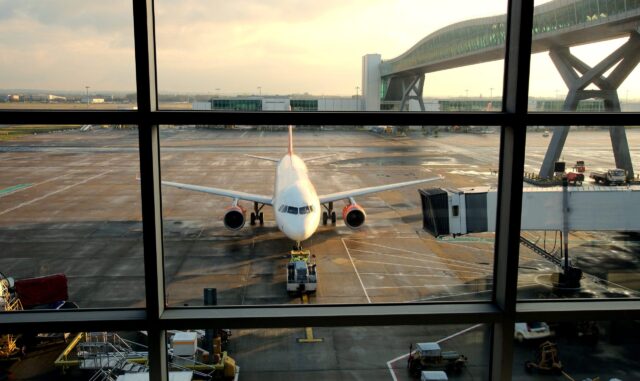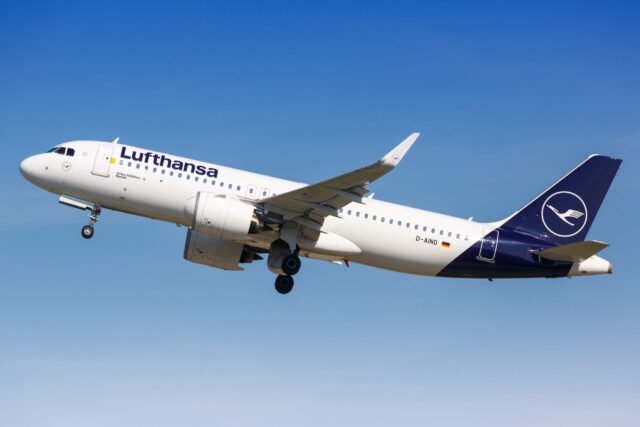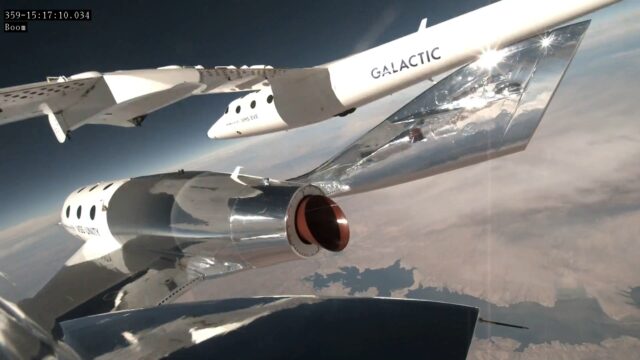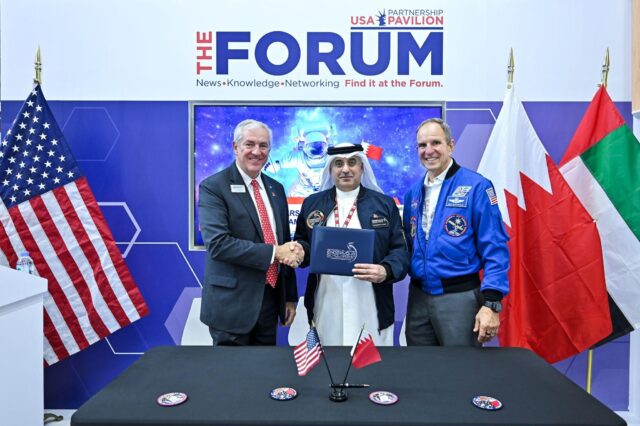“Walking behind giants”: Elfly’s ambitious amphibian
September 30, 2024

“We’re really walking behind giants when it comes to these kind of products in the aviation realm,” explained Elfly CTO and co-founder Tomas Brødreskift, as the seaplane startup celebrated the signing of a deal with Nordic Seaplanes for up to 15 all-electric Noemi aircraft. However, with Europe’s only active seaplane airline currently employing the DHC6-300 amphibian for its scheduled and charter services, just how will this clean-sheet design compare to its long-running forebear?
DHC Twin Otter
The high-wing, twin-engine, de Havilland design was first produced in the 1960s. “For over 50 years, the DHC Twin Otter has stood alone as the most reliable and versatile aircraft in its class,” explained De Havilland Aircraft of Canada CEO Brian Chafe in 2023, announcing the recommencement of production of the 300 series. This was “for good reason – it’s a workhorse,” agreed Brødreskift. However, despite the Twin Otter (including its floatplane configuration) remaining eminently popular, the need for greener solutions – combined with the opportunities for expansion coastal air mobility presents – has led Elfly to pursue its own aircraft concept.
Introducing the Noemi
“The renaissance of the seaplane is coming,” announced Elfly CEO and co-founder Eric Lithun, standing next to a model of the fully composite, high-wing, twin-engine, amphibious Noemi model – which does certainly share a similar mission profile to the Twin Otter. A glance at the spec sheets show that both have a maximum take off weight of 5,670kg and a payload of up to 1,300kg (at least, in Noemi’s flying boat configuration). However, that’s where the similarities seem to stop.
Building on the company’s previous concept – a small two-seat amphibian which made its first flight in 2019 – this experience provided “key learnings both on the hydrodynamics side and aerodynamics side,” explained Brødreskift. A second prototype in 2021 (the conversion of a small air racer to be fully-electric) also proved “very valuable” in informing Noemi’s upcoming ‘proof of concept’ vehicle, scheduled to commence testing in 2027, before Noemi ultimately enters service by the end of the decade.

All-electric engine
Although the team did initially consider the potential of a multi-engined, distributed electric propulsion-powered Twin Otter, “it doesn’t give you much gains – the big problem is still the battery, and also the weight,” Brødreskift elaborated. Neither did the analysis of up to eight engines justify the weight penalty of additional cabling and components. (Noemi’s battery pack is set to weigh around 1.5 tons, just under a quarter of the aircraft’s entire 5.6 tons). Instead, an all-new design was needed to reach Noemi’s projected range of 200km (with a 20 minute reserve) – something Brødreskift noted “kills a lot of electric aviation”. However, as the seagoing Noemi will be able to access a wider choice of landing sites, this reserve becomes more realistic.
Although Elfly intends to adopt an as-yet-unannounced manufacturer to provide it with batteries and electric engines, Lithun describes current battery pack technology “reaching 340 watt hours per kilo” as “comfortable” for the upcoming test aircraft. “I say to the team: we always want positive risk in the project,” he explained, citing the need to be realistic about currently available technology rather than relying on speculative incremental improvements.

Floats vs hull
“Pilots love floats,” laughed Brødreskift, himself a seaplane pilot – citing the high vantage point, great view, and ease of mobility on and around the aircraft offered by the setup. However, whereas several early aircraft concepts did employ the float-based design, the added resistance (and subsequent lower payload) of the configuration made it unsuitable to early electric options. “The challenge happens when you leave the water, because you’re bringing all that auxiliary system into the air,” he continued.
Elfly estimated the power needed to pull the float-equipped design into the air as around 1 MW, whereas the current configuration requires less than a third; about 275 kwts. “That’s why the old-school flying boat configuration makes more sense,” he concluded, conceding that some sort of infrastructure system around the stationary aircraft – facilitating charging considerations and passenger embarkation – will be a necessary add-on element.
Although predominately designed, in Lithun’s words, as “first and foremost an excellent sea plane that can also do airport to airport,” the presence of a hull means the amphibious Noemi could also forego the landing gear (weighing some 250-300kgs) in order to prioritise payload (either additional batteries or passengers).

Looking forward
The DHC-6-300 can carry between 12-15 passengers; the Noemi is being optimised for nine. However, with room in the cabin for up to 13, there is potential for evolution. By the end of the year, Elfly expects to have “finalised solutions a little bit more optimised around the aerodynamics of the aircraft to reach that energy goal we need to reach,” said Brødreskift.
As for comparable price, Elfly does have a number in mind – but notes that it’s “not completely comparable one to one” as the aftermarket economy will bring its own potential to offset battery costs. With batteries also potentially subject to a separate lease, Noemi can help bring “innovation within the value chain of aviation,” suggested Lithun.
“This is hard. Aviation is hard by itself, but to do electric aviation – that’s really hard,” he concluded, nevertheless adding that if Noemi gets it right, it could well be producing aircraft well into the future to rival DHC’s long-running legacy.




